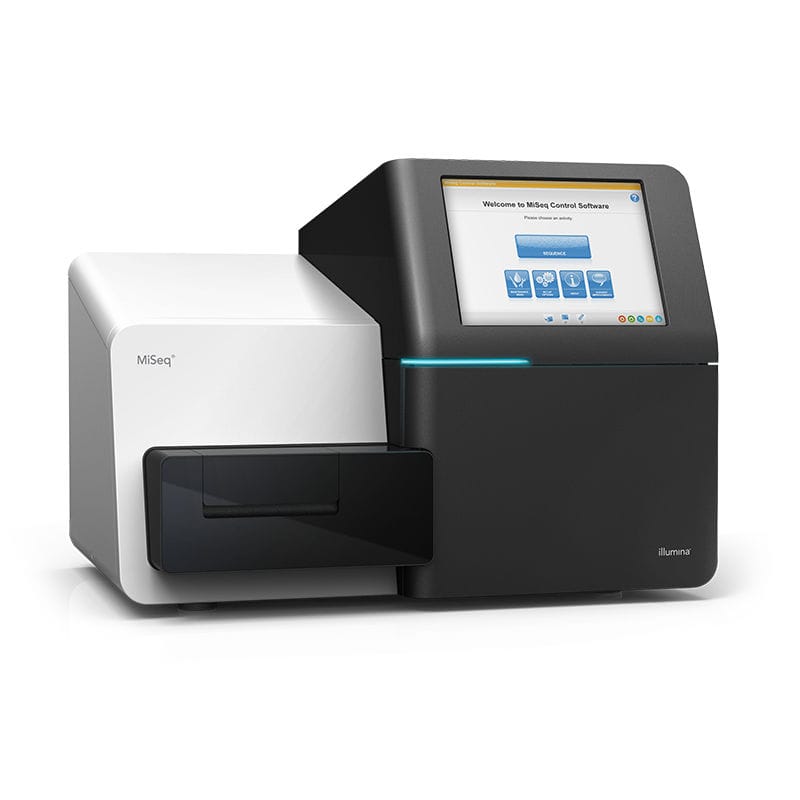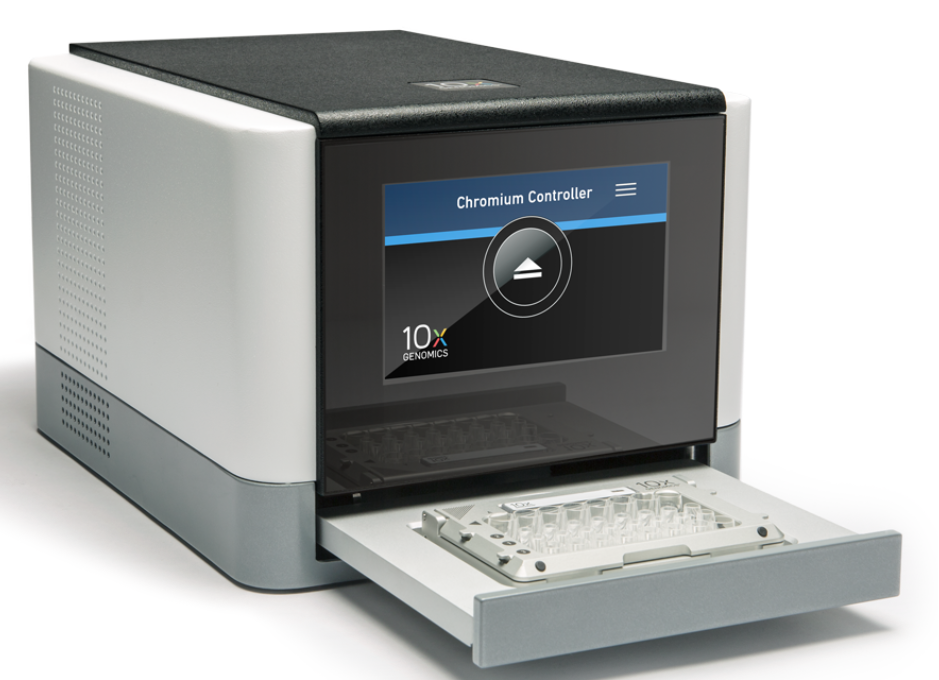Sequencing platform
Presentation
Presentation of the IGFL's Sequencing platform
The IGFL’s sequencing platform undertakes deep sequencing projects of different scales with the latest next generation sequencing (NGS) technology.
Since 2012, we've acquired considerable expertise via a range of unique and diverse projects, often requiring the development of customised methodologies.
The platform operates predominantly in a collaborative mode with both academic and private sectors.
Activities
The sequencing platform designs and executes - in close concertation with users - projects with a wide range of applications. Sequencing facilities allow for small to large scale projects, and for long or short reads. We recommend you contact us as upstream as possible to determine the optimal sequencing strategy for your project.
Numerous applications and domains are possible given the different equipment available, including for example: de novo sequencing of small and medium sized genomes, RNA (mRNA, microRNA, Dual RNAseq), ChIPseq, transcriptomic and metagenomic studies (bacterial diversity, eDNA), screening projects (e.g. CRISPR), as well as sequencing of targeted regions (e.g. gene panels) and amplicons.
Partner of the Equipex Spatial-Cell-ID project, the platform is also equipped with a Chromium Controller (10X Genomics) allowing the realization of Single Cell RNA (gene expression) or DNA ( ATAC-seq) analyses.
The platform can propose certain primary bioinformatics analyses to users (mapping on reference genomes of a model species, assembly of small sequenced genomes) but not the secondary analyses nor the statistical analysis of data. We provide advice on different analytical tools available locally (e.g. the Galaxy analysis platform) or via academic or private sector subcontractors (several of which have previously collaborated with the platform).
In parallel with the development, testing and implementation of new sequencing protocols, the PSI platform conducts its own research in the field of environmental DNA (eDNA), studying in particular the diversity of living organisms at different levels (vertebrates, bacteria,...) through various approaches (metagenomics, barcoding, metabarcoding, impact studies,...) within complex natural environments (water, soil,...) or microbiota.
The platform develops and executes new protocols.
Equipment
The platform is equipped with 5 high screening capacity sequencers of 2 technology types (Illumina for short-reads and Oxford Nanopore Technologies for long-reads).
|
Technologies |
Sequencers/Equipment |
Sequence length |
Number of reads/run |
Duration of sequencing |
Applications |
|
|---|---|---|---|---|---|---|
|
|
Nextseq500
|
Single End : 75 or 150 pb Paired End : 2x75 or 2x150 pb |
130 - 400 million | 12 to 30 hours |
Trancriptomics(bulk or single cell) Targeted DNA sequencing (e.g. exomes) Whole genome sequencing (de novo or re-sequencing) Methylation and ChIP seq Screen CRISPR |
|
|
MiSeq
|
Single End : 50 to 300 bp Paired End : 2x25 to 2x300 bp |
1, 4, 15 or 25 million | 17 to 56 hours |
Screening Amplicon sequencing (e.g. metagenomics, Ampliseq or Panel) Small genomes (re)-sequencing |
||
|
|
Minion
|
Several kb |
Thousand to million | Up to 72 hours | DNA, RNA, amplicons sequencing with long fragment applications |
|
|
2 Mk1C
|
||||||
|
|
Chromium Controller
|
Single Cells or Nuclei encapsulation | Up to 10k cells | - |
Transcriptomics Single Cell (3’ mRNA, 5’ mRNA) Single Cell ATAC seq |
|
Users can also benefit from the platform's equipment to construct DNA and RNA sequencing librairies (Qubit 4.0 Invitrogen, Tapestation 4150 Agilent, Nanodrop 2000 Thermofisher, S220 Focused-ultrasonicator Covaris, ….).
The platform's confined laboratory facilities are adapted to working with nucleic acids available either in limited quantity and / or degraded quality. Procedures and infrastructure are in place to prevent the rish of contamination by nucleic acids of exogenous origin.
SuPport and ADVICE
We can assist you at the different stages of your project including experimental design, the sequencing phase, and can also provide training regarding the qualification of your samples and construction of libraries for sequencing.
Organisation
The platform interacts with users on a regular basis and during internal seminars to make a review of projects realized and identify future avenues for development and functioning.
Training


The platform provides several training opportunities (in French):
- Formation théorique : « Principes et applications des nouvelles méthodes de séquençage à haut-débit (NGS) : choisir la technologie adaptée à son projet » - Formation Biosciences&Co / ENS de Lyon ;
- Formation théorique et pratique : « Préparation des banques NGS à partir d'ADN : les étapes pratiques et méthodologiques appliquées à la technologie Illumina» - Formation CNRS Formation Entreprises ;
- Formation théorique et pratique : « Les étapes pratiques et méthodologiques du séquençage de grands fragments ("long reads") d'ADN et/ou d'ARN » - Formation CNRS Formation Entreprises ;
- Module d’enseignement pratique dans le cadre de l’UE Bioscience de l’ENS Lyon (since 2016).
Costs
Please contact us (Sandrine HUGHES or Benjamin GILLET) for further information.







